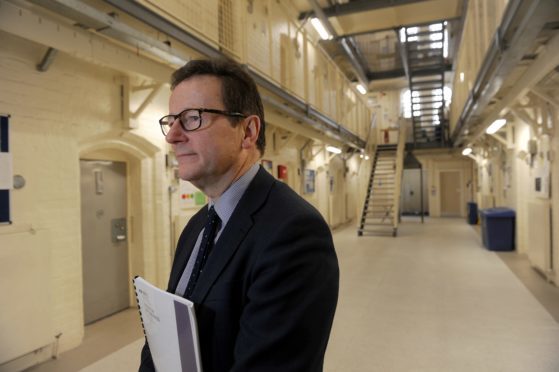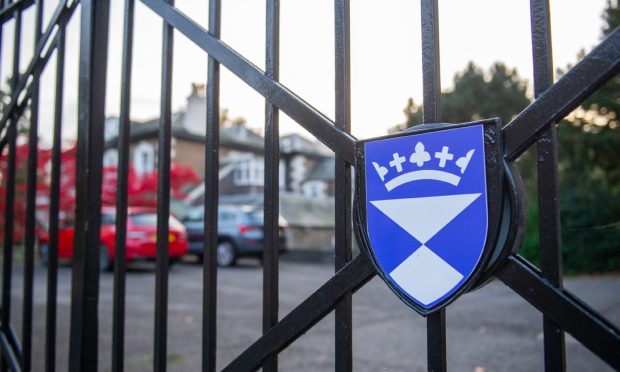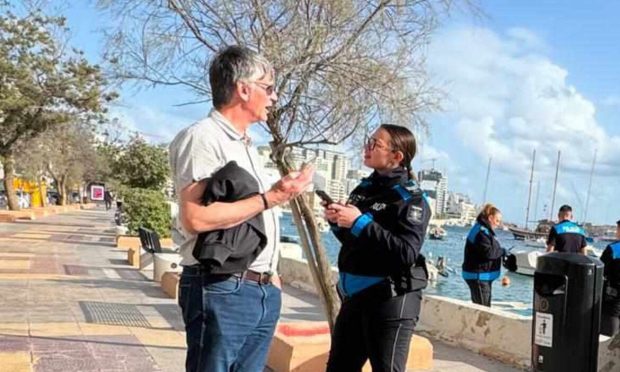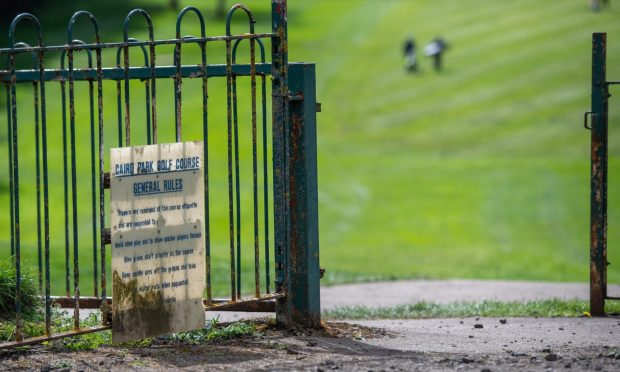It would have saved time if David Strang had listed what NHS Tayside’s mental health services do well, rather than what they don’t.
The 22-page interim report compiled by the independent inquiry into mental health services made for grim reading, for patients, relatives, staff and health board bosses.
Many of the relatives who fought for the inquiry were initially disappointed at the report but its contents delivered blow after blow for the beleagured service.
From suicidal patients not being taken seriously to admissions from staff they could not stop illegal drug use on the wards and, in some cases, had not been trained how to properly restrain patients, the report paints a picture of a service that has careered dangerously out of control.
There are, of course, the usual caveats. Mental health is an incredibly complicated field and patients presenting with these illnesses are often more difficult to diagnose, never mind treat, than those who turn up at A&E with a broken leg or other physical ailment.
There will be staff in NHS Tayside working above and beyond to do their best for patients in extremely difficult circumstances.
But the record of failure laid out in Mr Strang’s report is too serious to be ignored or dismissed as the complaints of just one or two individuals.
In fact, in some 20 years of being a journalist, I cannot remember reading many reports as critical as Mr Strang’s.
And while the failures of frontline services are shocking – and in need of immediate redress – those at management and board level are equally damning.
From what Mr Strang has found, there is no real leadership within mental health services.
More pertinently, when things have gone wrong there is apparently no clarity among staff over what the purpose of these “Adverse Event Reviews” actually is.
In principle, these are to ensure staff learn from each incident in order to improve care going forward.
According to the interim report, there is a perception among staff that the purpose of these reviews is simply to apportion blame and fear about what the consequences may be for them if they attend.
Or, to put it another way, it appears a finger-pointing culture exists within the service where it is easier to find a scapegoat for something that has gone wrong rather than addressing the underlying issues.
Like any bureaucracy, the NHS will never be perfect: its components are far too human for that.
On the whole, staff do difficult jobs and do them well. But despite the enormous public goodwill towards the NHS, action must be taken when patients are being failed.
Campaigners like Gilly Murray and Mandy McLaren who fought for the independent review deserve enormous credit for dragging the failings in mental health services out into the light.
It is too late for their loved ones, but their persistence may save the lives of many more.
Dundee’s other drug problem
Every year, dozens of people are killed by drugs in Dundee.
A commission has been set up to look at ways to reduce the number of fatalities in Dundee and is due to report back soon.
One title regularly bestowed upon Dundee is the Drugs Death Capital of Europe, which sounds plausible, even though there is no statistical evidence to back this claim up.
Scotland may have the worst rate of drug-related deaths in Europe, and Dundee may have the worst in Scotland but it does not necessarily follow that Dundee’s death rate is the highest of any city in Europe.
Anyone wanting to make that claim would have to mine data from across the continent, where different countries will all have difference methods of recording figures.
It would be foolish to downplay Dundee’s drug problem but there’s no need to give it titles it doesn’t deserve.
Twitter thinkers
The Ancient Greeks had philosophers who sought to make sense of our place in the world.
Today we have Twitter Thinkers, an entire school of people convinced they already know everything and would like to tell you about it.
This week one sage posted the UK is in such a poor state Scotland should leave it “like it’s a toddler having a tantrum in Lidl”.
There are two slight problems with this. The first, obviously, is that just abandoning a toddler having a tantrum is exactly the worst thing to do. It’s a joke so bad it immediately undermines the point about independence the poster was trying to make.
Secondly, as the parent of any toddler knows, if you’re going to be in a discount German superstore, it will be one that sells the excellent nappies.










